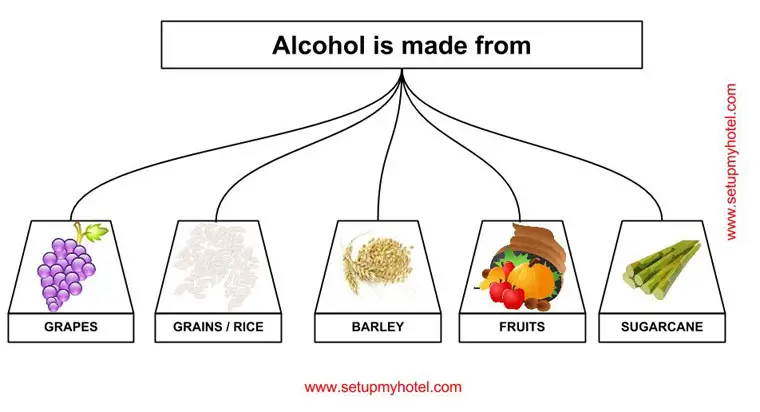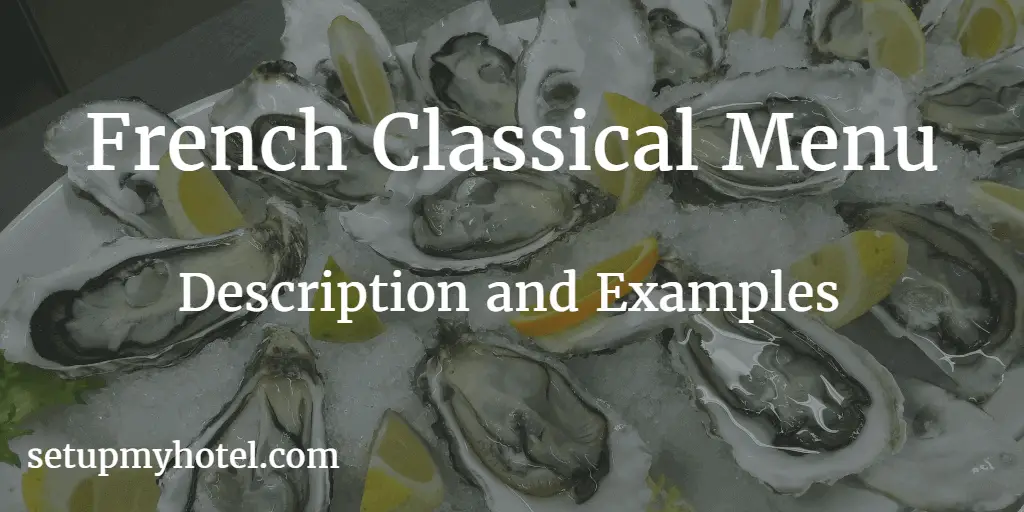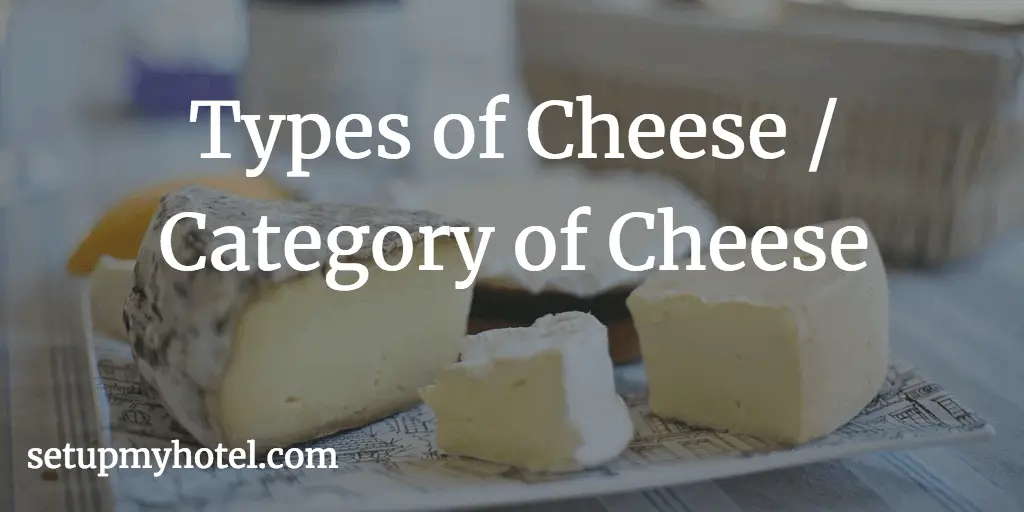Classification Of Beverages Or Types Of Beverages
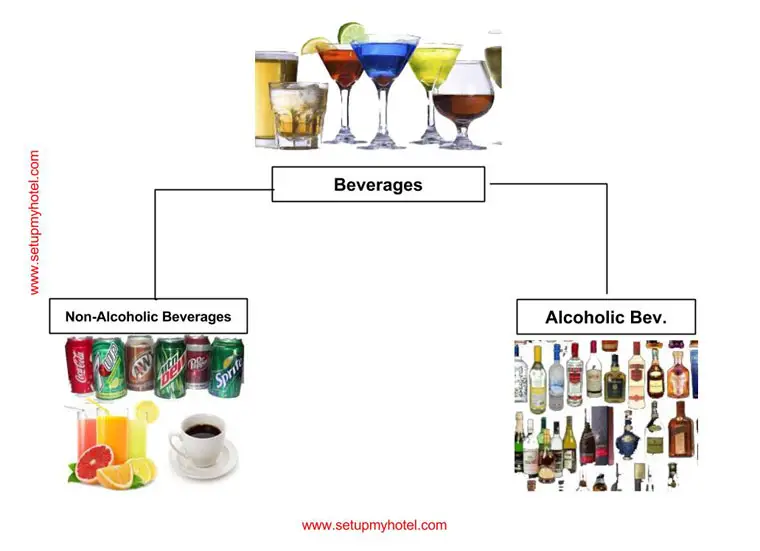
What are beverages or Classification of Beverages? ‘Beverages’ is a drink other than water; an explanation in a commercial context. ...
Read more
Serving Tea & Coffee To Guests – Service Standard | Hotels | Restaurants | Resorts

Serving Tea and coffee to Guests – Service Standards Serving tea and coffee to guests is a vital aspect of ...
Read more
Key Terms F&B Or Jargon’s Used In Food & Beverage Service
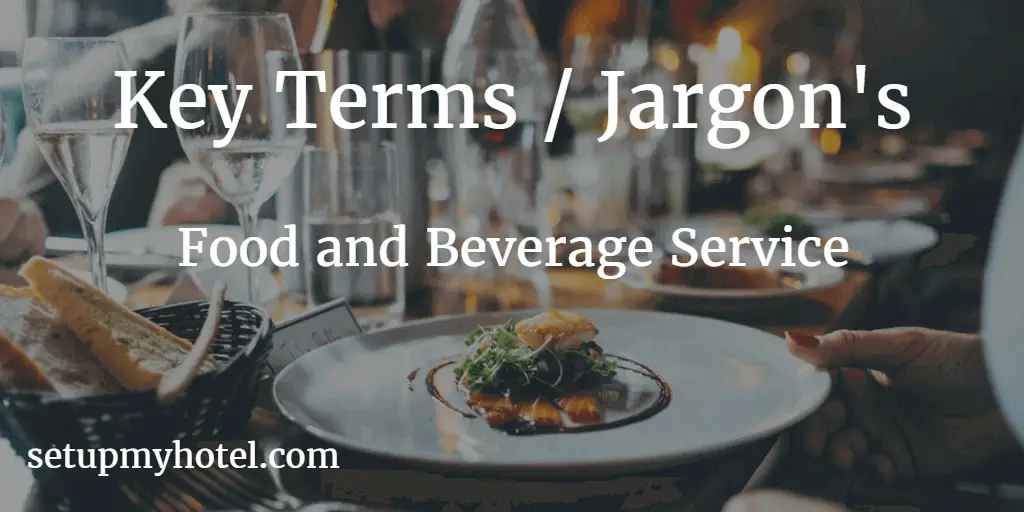
Key terms or Jargon used in Food and Beverage Service In the world of food and beverage service, there are ...
Read more
History Of The Food Service Industry [Timeline]
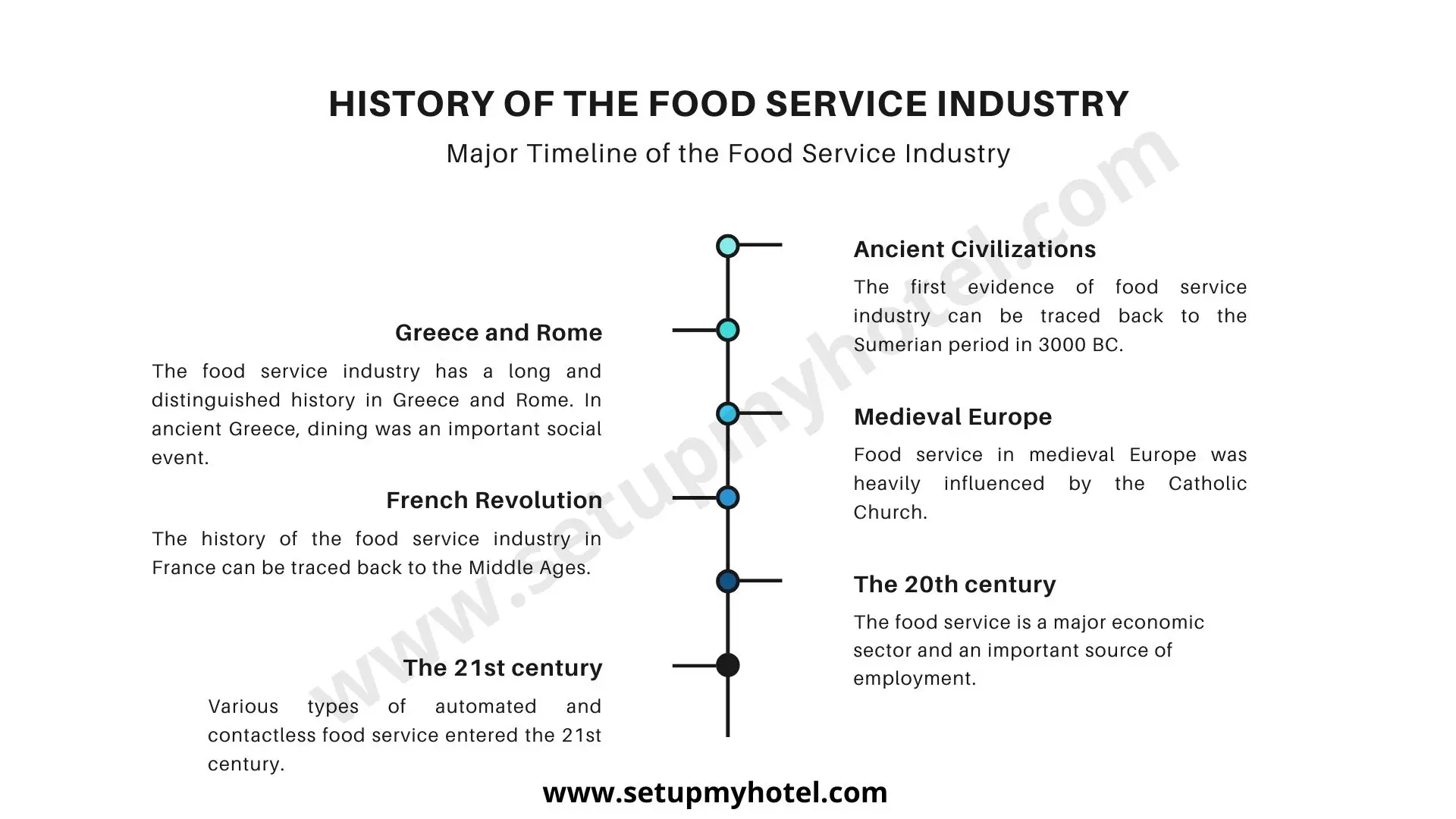
History Of The Food Service Industry The Introduction: One of the most fascinating developments in the history of food service ...
Read more
The Sequence Of Service In Restaurant (Stages Of Food Service)

The Sequence Of Service In Restaurant The sequence of service in a restaurant is a crucial aspect of providing a ...
Read more
